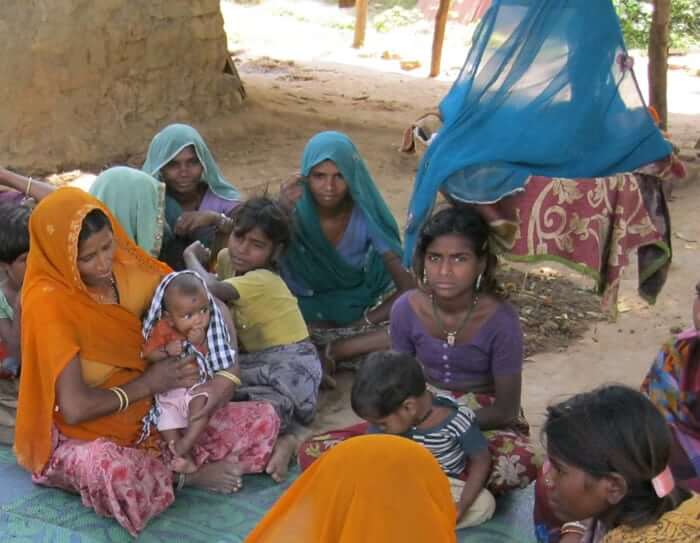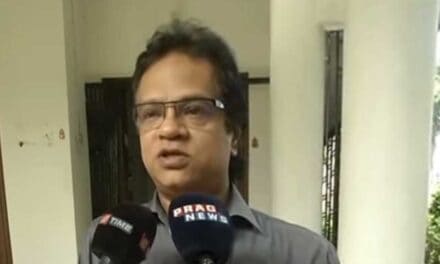The situation along the India-Bangladesh border has grown increasingly tense as violence continues to escalate in Bangladesh. Indian and Bangladeshi border forces were on high alert, responding to the crisis with intensified cooperation and increased security measures. The violence, which began as peaceful protests by students, spiraled into a broader conflict involving extremist forces, leading to a mass exodus of Bangladeshi Hindus seeking refuge across the border.
Heightened Security Measures
At the headquarters of the Border Security Force of India (BSFI) in Kolkata, Special Director General of the Eastern Command reported on August 10th that the Indian Union Ministry of Home Affairs directed a series of high-level meetings to address the ongoing border situation. These meetings included members of the BSFI and their counterparts in the Border Guards of Bangladesh (BGB). In the past three days alone, the two forces conducted 83 flag meetings and approximately 241 simultaneous coordinating patrols (SCPs) along the most vulnerable points of the border.
This unprecedented level of cooperation reflects the seriousness with which both nations are treating the current crisis. The BSFI has urged the BGB to ensure the protection of minority communities within Bangladesh, particularly Hindus, who have been targeted in the recent violence. The BGB has not only collaborated on operational matters but also worked closely with civil authorities in Bangladesh to prevent further escalation and protect civilians.
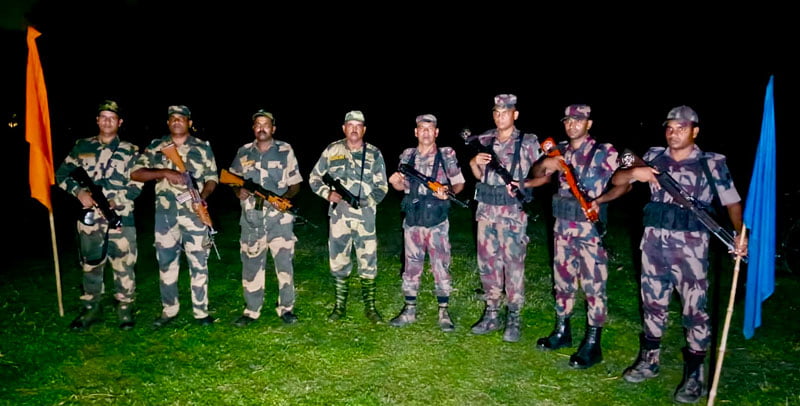
India-Bangladesh Border. Photo: Shib Shankar Chatterjee/Academia.edu
Exodus and Border Tensions
On August 9th, around 1,500 Bangladeshi civilians, predominantly Hindus, gathered near the “Zero-Line” at the Coochbehar district of West Bengal, attempting to cross into India to escape the violence. The BGB, in collaboration with local authorities, managed to persuade the crowd to return to their homes, emphasizing the importance of maintaining order at the border.
Despite these efforts, the situation remains dire for those seeking refuge. Indian border forces are conducting extensive outreach efforts, holding 232 meetings with residents of Indian border villages to inform them of the situation and seek their cooperation in managing the influx of refugees. These communities, many of whom live in close proximity to the international boundary, are being asked to remain vigilant and report any suspicious activities.
International Involvement and Diplomatic Efforts
The United Nations has taken notice of the escalating crisis, with UN High Commissioner for Human Rights Volker Turk offering to deploy an independent fact-finding team to assist the Bangladesh government in building trust among all stakeholders. The proposal aims to help de-escalate tensions and ensure the protection of vulnerable communities. Bangladesh’s Foreign Secretary, Masud Bin Momen, expressed gratitude for the concern but highlighted the complexities of the situation.
According to Momen, the violence that erupted from initially peaceful student protests was exacerbated by the involvement of “third forces,” including extremist groups such as the BNP-Jamaat. These forces infiltrated the movement, turning it into a violent conflict that has resulted in significant loss of life and the destruction of public property. Momen’s comments underscore the challenges facing the Bangladesh government as it seeks to restore order and address the grievances that sparked the unrest.
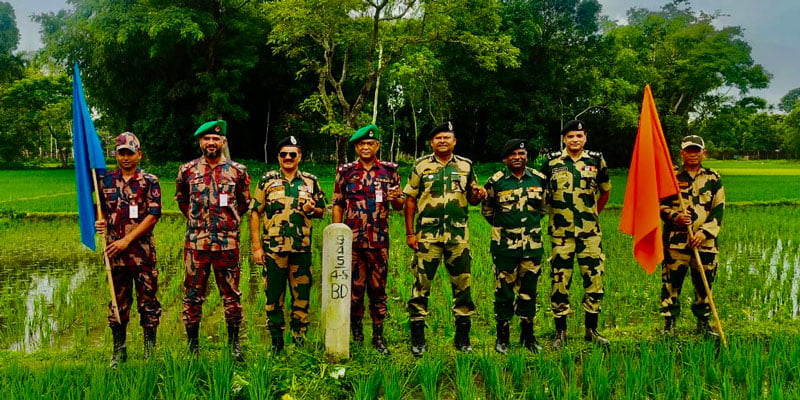
India Bangladesh International Border A. Photo: Shib Shankar Chatterjee/Academia.edu
Regional Implications and Future Outlook
The situation on the India-Bangladesh border has significant implications for regional stability. The influx of refugees and the ongoing violence in Bangladesh could strain relations between the two countries, particularly if the violence spills over into Indian territory. Indian authorities are closely monitoring the situation, prepared to take further measures if necessary to protect national security and humanitarian concerns.
As both nations grapple with the unfolding crisis, the international community is watching closely, with potential diplomatic interventions on the horizon. The road to peace and stability in the region remains uncertain, and the actions taken by India, Bangladesh, and global stakeholders in the coming days will be crucial in determining the outcome.
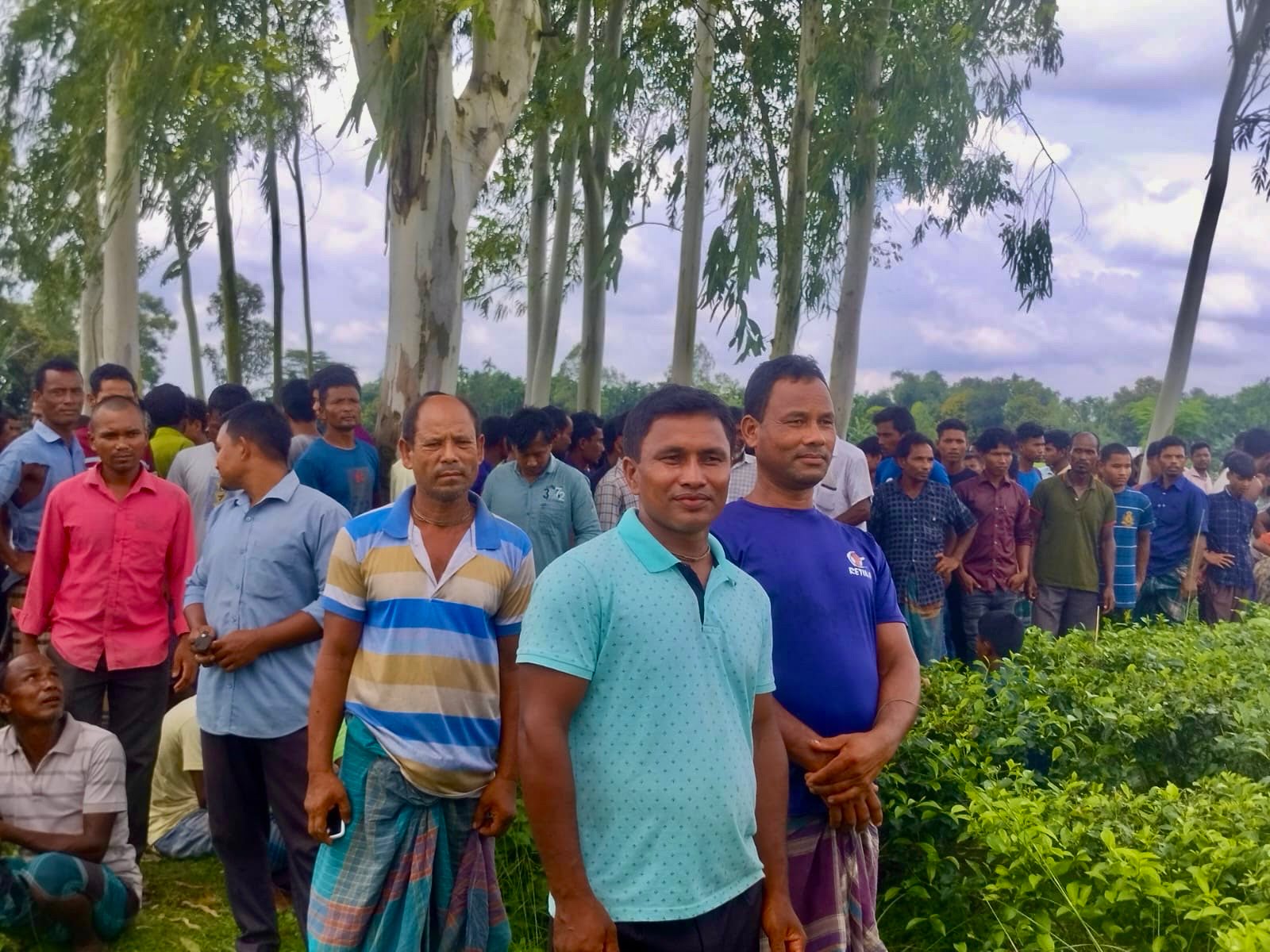
Hindu Mass Exodus. Photo: Shib Shankar Chatterjee/Academia.edu

